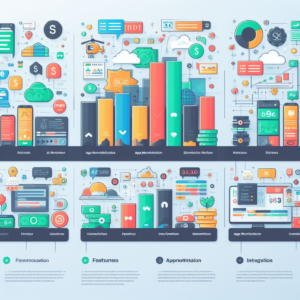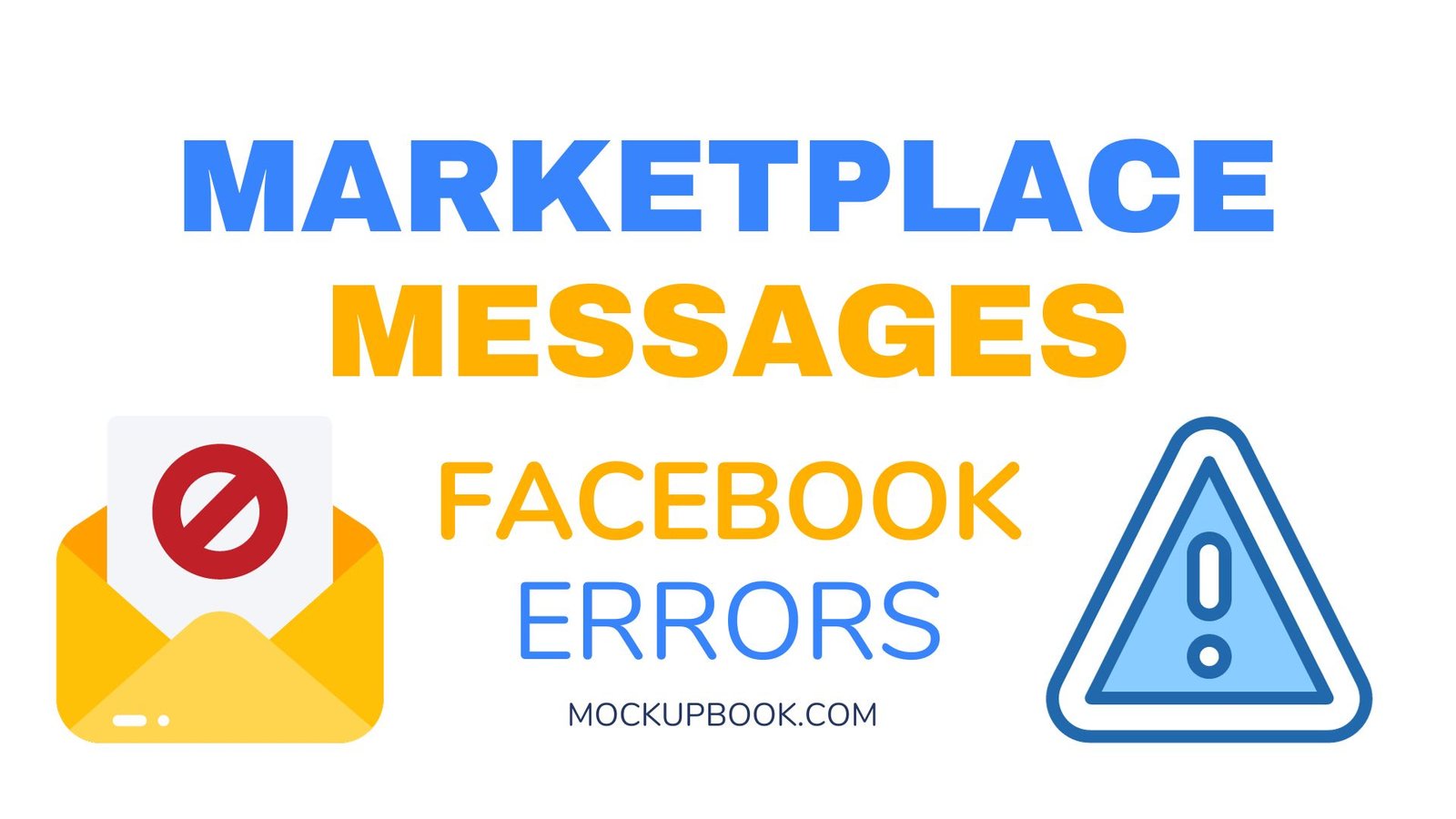In this article, we will explore the top 10 app monetization platforms in 2023, based on their popularity, performance, and potential. We will also discuss their pros and cons, and how to use them effectively. By the end of this article, you should have a clear idea of which app monetization platform suits your app best.

Introduction
App monetization is the process of generating revenue from your app, either by charging users for access, displaying ads, offering in-app purchases, or using other methods. App monetization can help you cover the costs of development, maintenance, and marketing, as well as earn a profit from your app.
However, not all app monetization platforms are created equal. Some may offer higher payouts, better user experience, more flexibility, or more features than others. Choosing the right app monetization platform can make a big difference in your app’s success and sustainability.
Google AdMob
Google AdMob is one of the most popular and widely used app monetization platforms in the world. It allows you to display ads from Google and other networks in your app, and earn revenue from clicks and impressions. AdMob supports various ad formats, such as banners, interstitials, rewarded, native, and video ads. You can also customize the look and feel of your ads, and use mediation to optimize your ad performance.
Pros of Google AdMob
- It is free and easy to integrate with your app, using the Google Mobile Ads SDK.
- It has a large and diverse inventory of advertisers, ensuring high fill rates and competitive bids.
- It provides detailed and real-time analytics and reports, helping you track and improve your app’s performance.
- It offers various features and tools, such as Firebase, Google Analytics, Ad Network Optimization, and AdMob Network, to enhance your app’s functionality and monetization.
- It supports cross-platform development, allowing you to monetize your app on Android, iOS, and Unity.
Cons of Google AdMob
- It has strict policies and guidelines, which you must follow to avoid account suspension or termination.
- It has a high minimum payout threshold of $100, which may take a long time to reach for some developers.
- It has a low revenue share of 60%, meaning you only get 60% of the ad revenue, while Google takes 40%.
- It has a high competition and saturation, making it harder to stand out and earn more.
How to use Google AdMob effectively
- Choose the right ad format and placement for your app, based on your app’s genre, design, and user behavior. For example, you can use rewarded ads for games, interstitials for content apps, and banners for utility apps.
- Test and optimize your ad settings, such as frequency, size, color, and position, to maximize your click-through rate and user retention.
- Use mediation to access multiple ad networks and sources, and increase your fill rate and eCPM.
- Monitor and analyze your ad performance, using the AdMob dashboard and Google Analytics, and make adjustments as needed.
Facebook Audience Network
Facebook Audience Network is a mobile app monetization platform that allows you to display ads from Facebook and other networks in your app, and earn revenue from clicks and impressions. Audience Network supports various ad formats, such as banners, interstitials, rewarded, native, and video ads. You can also customize the look and feel of your ads, and use mediation to optimize your ad performance.
Pros of Facebook Audience Network
- It has a large and diverse inventory of advertisers, ensuring high fill rates and competitive bids.
- It provides detailed and real-time analytics and reports, helping you track and improve your app’s performance.
- It offers various features and tools, such as Facebook Analytics, Audience Network SDK, and Audience Network Mediation, to enhance your app’s functionality and monetization.
- It supports cross-platform development, allowing you to monetize your app on Android, iOS, and Unity.
- It has a high revenue share of 70%, meaning you get 70% of the ad revenue, while Facebook takes 30%.
Cons of Facebook Audience Network
- It has strict policies and guidelines, which you must follow to avoid account suspension or termination.
- It has a high competition and saturation, making it harder to stand out and earn more.
- It has a low minimum payout threshold of $100, which may take a long time to reach for some developers.
- It has a limited support and service, compared to Google AdMob.
How to use Facebook Audience Network effectively
- Choose the right ad format and placement for your app, based on your app’s genre, design, and user behavior. For example, you can use rewarded ads for games, interstitials for content apps, and banners for utility apps.
- Test and optimize your ad settings, such as frequency, size, color, and position, to maximize your click-through rate and user retention.
- Use mediation to access multiple ad networks and sources, and increase your fill rate and eCPM.
- Monitor and analyze your ad performance, using the Audience Network dashboard and Facebook Analytics, and make adjustments as needed.

Unity Ads
Unity Ads is a mobile app monetization platform that allows you to display ads from Unity and other networks in your app, and earn revenue from clicks and impressions. Ads supports various ad formats, such as rewarded, interstitials, and video ads. You can also customize the look and feel of your ads, and use mediation to optimize your ad performance.
Pros of Unity Ads
- It is free and easy to integrate with your app, using the Unity Ads SDK.
- It has a large and diverse inventory of advertisers, ensuring high fill rates and competitive bids.
- It provides detailed and real-time analytics and reports, helping you track and improve your app’s performance.
- It offers various features and tools, such as Unity Analytics, Unity Monetization, and Unity Mediation, to enhance your app’s functionality and monetization.
- It supports cross-platform development, allowing you to monetize your app on Android, iOS, and Unity.
- It has a high revenue share of 70%, meaning you get 70% of the ad revenue, while Unity takes 30%.
Cons of Unity Ads
- It has strict policies and guidelines, which you must follow to avoid account suspension or termination.
- It has a high competition and saturation, making it harder to stand out and earn more.
- It has a low minimum payout threshold of $100, which may take a long time to reach for some developers.
- It has a limited support and service, compared to Google AdMob.
How to use Unity Ads effectively
- Choose the right ad format and placement for your app, based on your app’s genre, design, and user behavior. For example, you can use rewarded ads for games, interstitials for content apps, and banners for utility apps.
- Test and optimize your ad settings, such as frequency, size, color, and position, to maximize your click-through rate and user retention.
- Use mediation to access multiple ad networks and sources, and increase your fill rate and eCPM.
- Monitor and analyze your ad performance, using the Unity Ads dashboard and Unity Analytics, and make adjustments as needed.
IronSource
IronSource is a mobile app monetization platform that allows you to display ads from various networks in your app, and earn revenue from clicks and impressions. IronSource supports various ad formats, such as rewarded, interstitials, banners, and video ads. You can also customize the look and feel of your ads, and use mediation to optimize your ad performance.
Pros of IronSource
- It has a large and diverse inventory of advertisers, ensuring high fill rates and competitive bids.
- It provides detailed and real-time analytics and reports, helping you track and improve your app’s performance.
- It offers various features and tools, such as IronSource SDK, Mediation Platform, and User Acquisition Platform, to enhance your app’s functionality and monetization.
- It supports cross-platform development, allowing you to monetize your app on Android, iOS, and Unity.
- It has a high revenue share of 70%, meaning you get 70% of the ad revenue, while IronSource takes 30%.
Cons of IronSource
- It has strict policies and guidelines, which you must follow to avoid account suspension or termination.
- It has a high competition and saturation, making it harder to stand out and earn more.
- It has a low minimum payout threshold of $100, which may take a long time to reach for some developers.
- It has a limited support and service, compared to Google AdMob.
How to use IronSource effectively
- Choose the right ad format and placement for your app, based on your app’s genre, design, and user behavior. For example, you can use rewarded ads for games, interstitials for content apps, and banners for utility apps.
- Test and optimize your ad settings, such as frequency, size, color, and position, to maximize your click-through rate and user retention.
- Use mediation to access multiple ad networks and sources, and increase your fill rate and eCPM.
- Monitor and analyze your ad performance, using the IronSource dashboard and analytics, and make adjustments as needed.
AppLovin
AppLovin is a mobile app monetization platform that allows you to display ads from various networks in your app, and earn revenue from clicks and impressions. AppLovin supports various ad formats, such as rewarded, interstitials, banners, and video ads. You can also customize the look and feel of your ads, and use mediation to optimize your ad performance.
Pros of AppLovin
- It has a large and diverse inventory of advertisers, ensuring high fill rates and competitive bids.
- It provides detailed and real-time analytics and reports, helping you track and improve your app’s performance.
- It offers various features and tools, such as AppLovin SDK, MAX Mediation, and Lion Studios, to enhance your app’s functionality and monetization.
- It supports cross-platform development, allowing you to monetize your app on Android, iOS, and Unity.
- It has a high revenue share of 70%, meaning you get 70% of the ad revenue, while AppLovin takes 30%.
Cons of AppLovin
- It has strict policies and guidelines, which you must follow to avoid account suspension or termination.
- It has a high competition and saturation, making it harder to stand out and earn more.
- It has a low minimum payout threshold of $20, which may take a long time to reach for some developers.
- It has a limited support and service, compared to Google AdMob.
How to use AppLovin effectively
- Choose the right ad format and placement for your app, based on your app’s genre, design, and user behavior. For example, you can use rewarded ads for games, interstitials for content apps, and banners for utility apps.
- Test and optimize your ad settings, such as frequency, size, color, and position, to maximize your click-through rate and user retention.
- Use mediation to access multiple ad networks and sources, and increase your fill rate and eCPM.
- Monitor and analyze your ad performance, using the AppLovin dashboard and analytics, and make adjustments as needed.
Vungle
Vungle is a mobile app monetization platform that allows you to display ads from various networks in your app, and earn revenue from clicks and impressions. Vungle supports various ad formats, such as rewarded, interstitials, banners, and video ads. You can also customize the look and feel of your ads, and use mediation to optimize your ad performance.
Pros of Vungle
- It has a large and diverse inventory of advertisers, ensuring high fill rates and competitive bids.
- It provides detailed and real-time analytics and reports, helping you track and improve your app’s performance.
- It offers various features and tools, such as Vungle SDK, Vungle Creative Labs, and Vungle Exchange, to enhance your app’s functionality and monetization.

Chartboost
Chartboost is a mobile app monetization platform that allows you to display ads from various networks in your app, and earn revenue from clicks and impressions. Chartboost supports various ad formats, such as rewarded, interstitials, banners, and video ads. You can also customize the look and feel of your ads, and use mediation to optimize your ad performance.
Pros of Chartboost
- It has a large and diverse inventory of advertisers, ensuring high fill rates and competitive bids.
- It provides detailed and real-time analytics and reports, helping you track and improve your app’s performance.
- It offers various features and tools, such as Chartboost SDK, Mediation, and Insights, to enhance your app’s functionality and monetization.
- It supports cross-platform development, allowing you to monetize your app on Android, iOS, and Unity.
- It has a high revenue share of 90%, meaning you get 90% of the ad revenue, while Chartboost takes 10%.
Cons of Chartboost
- It has strict policies and guidelines, which you must follow to avoid account suspension or termination.
- It has a high competition and saturation, making it harder to stand out and earn more.
- It has a low minimum payout threshold of $75, which may take a long time to reach for some developers.
- It has a limited support and service, compared to Google AdMob.
How to use Chartboost effectively
- Choose the right ad format and placement for your app, based on your app’s genre, design, and user behavior. For example, you can use rewarded ads for games, interstitials for content apps, and banners for utility apps.
- Test and optimize your ad settings, such as frequency, size, color, and position, to maximize your click-through rate and user retention.
- Use mediation to access multiple ad networks and sources, and increase your fill rate and eCPM.
- Monitor and analyze your ad performance, using the Chartboost dashboard and analytics, and make adjustments as needed.
AdColony
AdColony is a mobile app monetization platform that allows you to display ads from various networks in your app, and earn revenue from clicks and impressions. AdColony supports various ad formats, such as rewarded, interstitials, banners, and video ads. You can also customize the look and feel of your ads, and use mediation to optimize your ad performance.
Pros of AdColony
- It has a large and diverse inventory of advertisers, ensuring high fill rates and competitive bids.
- It provides detailed and real-time analytics and reports, helping you track and improve your app’s performance.
- It offers various features and tools, such as AdColony SDK, Mediation, and Analytics, to enhance your app’s functionality and monetization.
- It supports cross-platform development, allowing you to monetize your app on Android, iOS, and Unity.
- It has a high revenue share of 70%, meaning you get 70% of the ad revenue, while AdColony takes 30%.
Cons of AdColony
- It has strict policies and guidelines, which you must follow to avoid account suspension or termination.
- It has a high competition and saturation, making it harder to stand out and earn more.
- It has a low minimum payout threshold of $100, which may take a long time to reach for some developers.
- It has a limited support and service, compared to Google AdMob.
How to use AdColony effectively
- Choose the right ad format and placement for your app, based on your app’s genre, design, and user behavior. For example, you can use rewarded ads for games, interstitials for content apps, and banners for utility apps.
- Test and optimize your ad settings, such as frequency, size, color, and position, to maximize your click-through rate and user retention.
- Use mediation to access multiple ad networks and sources, and increase your fill rate and eCPM.
- Monitor and analyze your ad performance, using the AdColony dashboard and analytics, and make adjustments as needed.
Conclusion
In this article, we have discussed the top 10 app monetization platforms in 2023, based on their popularity, performance, and potential. We have also discussed their pros and cons, and how to use them effectively. By now, you should have a clear idea of which app monetization platform suits your app best.
Remember that app monetization is not a one-size-fits-all solution. You should always do your own research, test different strategies, and consult with experts before choosing a monetization platform for your app. You should also keep in mind the E.E.A.T framework and the YMYL topics, and ensure that your content is informative, accurate, and trustworthy.
FAQs
Some of the benefits of using app monetization platforms are:
They can increase app revenue and user retention
provide analytics and optimization tools
offer global reach and diverse ad formats
Google AdMob
Google AdX
Chartboost
Unity Ads
Tapjoy
Facebook Audience Network
AppLovin
Fyber
support multiple platforms and devices
integrate with various ad sources and partners
offer flexible and customizable monetization options
provide high-quality and relevant ads
ensure user privacy and compliance
Some of the best practices for using app monetization platforms are:
Choose the right monetization strategy and platform for your app
Test and optimize your app performance and user experience
Balance your app content and ads
Segment and target your app audience
Monitor and analyze your app revenue and metrics
App monetization platforms can complement or compete with other revenue sources such as paid downloads and freemium models. Some of the factors to consider are:
The type and genre of your app
The size and behavior of your app audience
The market and competition of your app
The revenue potential and risk of your app
The costs associated with using app monetization platforms can vary depending on the platform and the monetization method. Some of the possible costs are:
Platform fees or commissions
Development and maintenance costs
User acquisition and retention costs
Revenue share or payouts
To choose the right app monetization platform for your app, you should consider the following aspects:
goals and objectives
features and functionality
audience and market
monetization options and preferences
budget and resources









One thought on “Top 10 App Monetization Platforms”
Comments are closed.